🎣 Ultimate Angler's Guide GPT 🧭 - Fishing Expertise Online

Welcome to the Ultimate Angler's Guide! How can I assist with your fishing needs today?
AI-powered Fishing Companion
What's the best bait for catching bass in the summer?
How can I identify different types of saltwater fish?
What are the essential gear and tackle for a beginner angler?
Can you help me understand local fishing regulations in my area?
Get Embed Code
Overview of Ultimate Angler's Guide GPT
The Ultimate Angler's Guide GPT is a specialized AI designed to provide anglers with comprehensive fishing-related information, advice, and resources. Tailored to both freshwater and saltwater environments, it assists users in various aspects of angling, from selecting the right bait and tackle to understanding local fishing regulations. It's equipped with web browsing, coding capabilities, and DALL-E image generation, allowing for real-time information retrieval, visualizing fishing knots, and potential catches. Examples of its utility include generating a daily fishing report based on local weather conditions, advising on the most effective lures for specific fish species, and illustrating complex fishing knots to ensure successful angling adventures. Powered by ChatGPT-4o。

Key Functions and Applications
Fishing Techniques and Bait Selection
Example
Advising on the best techniques for catching bass in spring using topwater lures.
Scenario
A user planning a bass fishing trip in early spring seeks advice on effective fishing techniques and bait selection. The GPT provides detailed strategies for using topwater lures to exploit bass behavior during this season.
Identifying Fish Species
Example
Guiding a user through identifying a catch based on physical characteristics and habitat.
Scenario
A novice angler catches a fish they cannot identify. The GPT offers a step-by-step guide to recognizing the fish, considering its color, size, and the type of water it was caught in.
Local Fishing Regulations
Example
Providing up-to-date information on catch limits and season openings.
Scenario
Before a fishing trip, a user inquires about the current regulations for trout fishing in their area. The GPT fetches and explains the latest rules, including catch limits and season dates, ensuring the user fishes legally.
Weather Conditions for Fishing
Example
Generating a local fishing forecast, highlighting the best times to fish.
Scenario
A user queries about the optimal fishing conditions for the upcoming weekend. The GPT analyzes weather forecasts to recommend the most promising times for fishing, based on factors like temperature, wind, and precipitation.
Advice on Gear and Tackle
Example
Recommending specific rod and reel setups for surf fishing.
Scenario
An angler preparing for their first surf fishing experience seeks advice on the appropriate gear. The GPT suggests suitable rod and reel combinations, along with other necessary equipment, tailored to surf fishing requirements.
Target User Groups
Recreational Anglers
Individuals who fish for leisure will find the GPT invaluable for improving their angling skills, discovering new fishing spots, and staying informed about environmental and regulatory changes affecting their hobby.
Competitive Anglers
Those who participate in fishing competitions can leverage the GPT's capabilities to gain insights into advanced techniques, detailed weather predictions, and competitive fishing strategies, enhancing their performance.
Conservationists and Environmental Researchers
This group benefits from the GPT's ability to provide information on sustainable fishing practices, species-specific regulations, and habitat preservation techniques, supporting conservation efforts.
Fishing Guides and Charter Services
Professionals in the fishing industry can use the GPT to stay updated on local regulations, weather conditions, and fish behavior patterns, ensuring they provide the best experience to their clients.

How to Use Ultimate Angler's Guide GPT
Start Without Login
Access a free trial instantly at yeschat.ai, no login or ChatGPT Plus required.
Identify Your Needs
Consider what you're looking to achieve: learning fishing techniques, understanding local regulations, or getting advice on gear and tackle.
Ask Specific Questions
For the best experience, ask detailed questions about fishing techniques, bait selection, identifying fish species, or any other fishing-related query.
Use Visual Tools
Request images of fish species, fishing knots, or gear through DALL-E for a more interactive learning experience.
Explore Further
Use provided web links to deepen your understanding of topics, stay updated with fishing news, and explore local fishing spots.
Try other advanced and practical GPTs
🚣♂️ PaddlePro Kayak Navigator 🛶
Navigate waters smartly with AI-powered routes.

🐦✨ Birding Companion Expert 🌳
Discover birds with AI-powered precision

🧗♂️ ClimbSmart AI Coach 🧗♀️
Elevate Your Climb with AI

🏃♂️ Marathon Mastermind Coach 🏅
AI-powered personalized marathon coaching
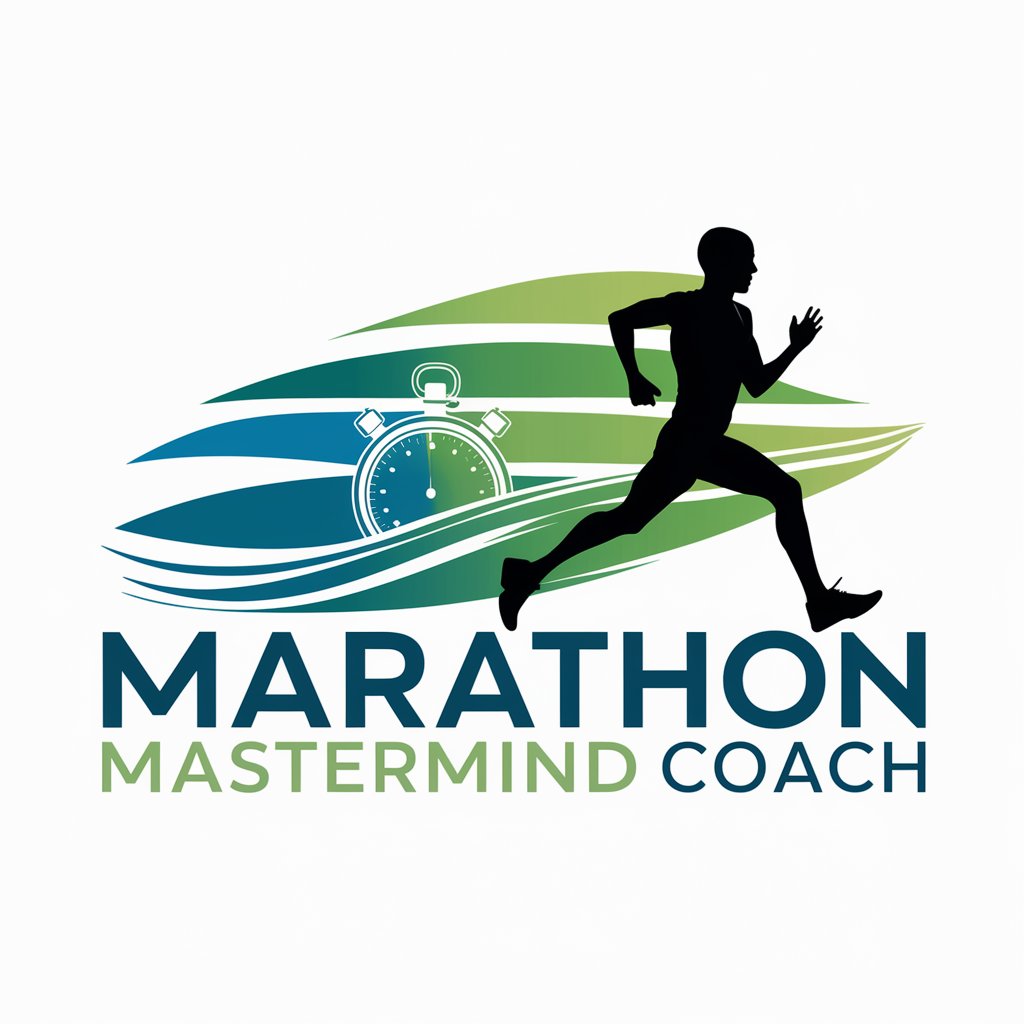
🏊♂️🚴♀️🏃♂️ Triathlon Mastery Guide
Your AI-Powered Triathlon Coach
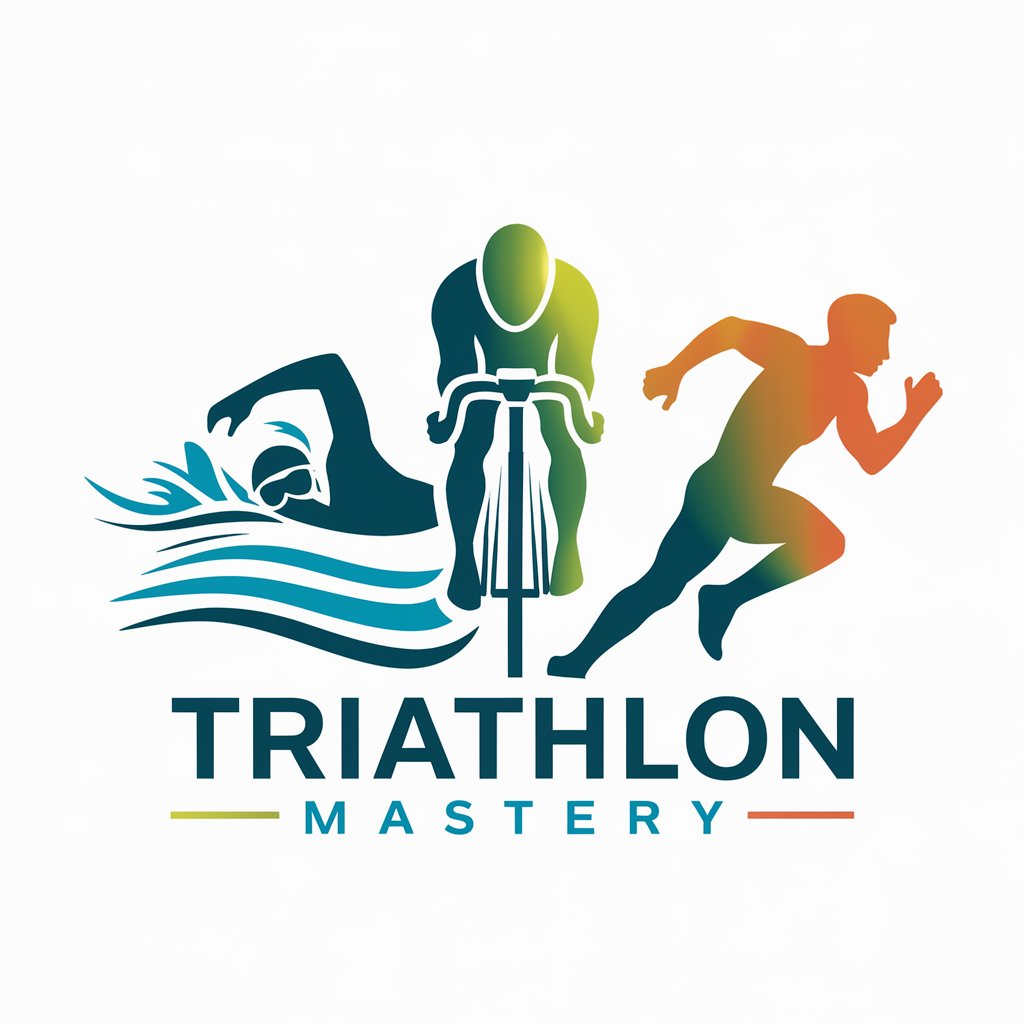
🚴 CyclePro Coaching Assistant 🚵
Elevate Your Ride with AI
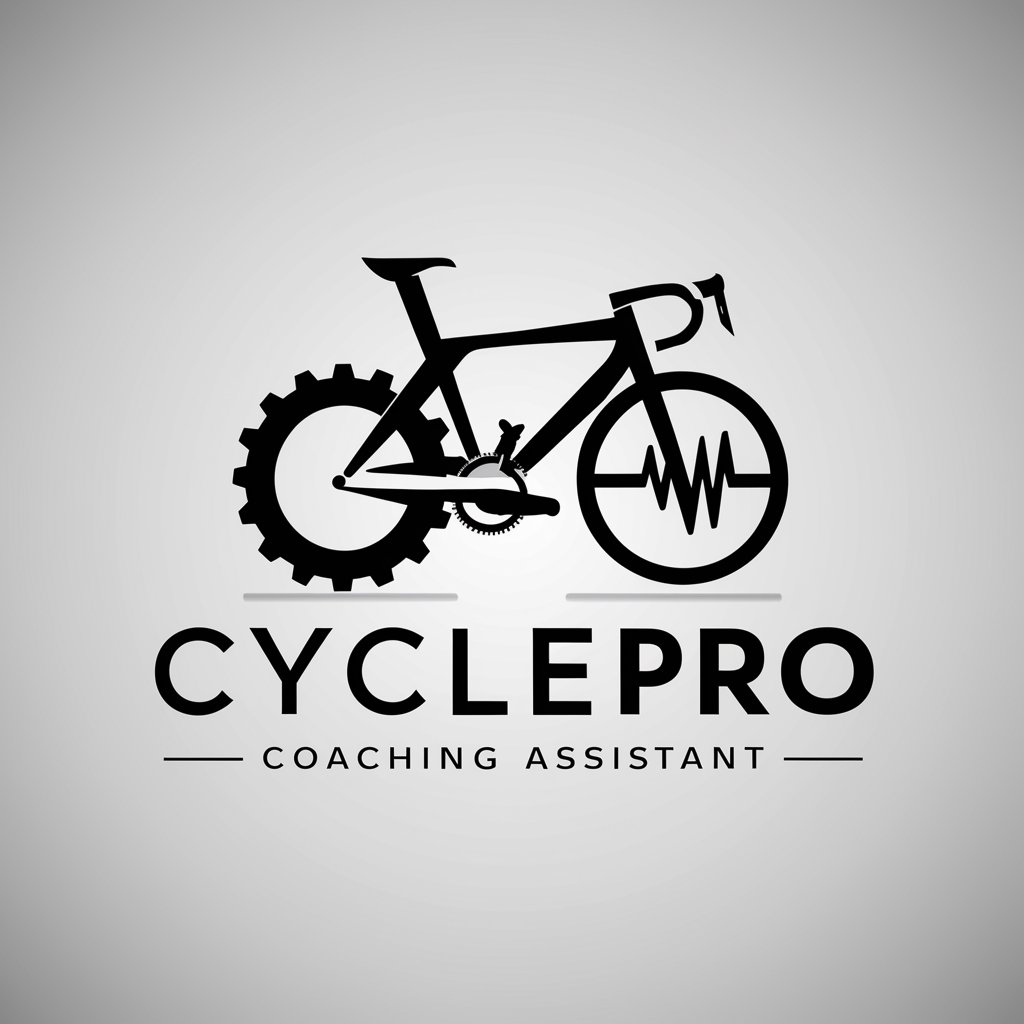
🐠 Deep-Sea Dive Buddy 🐬
Dive smarter with AI-powered guidance.
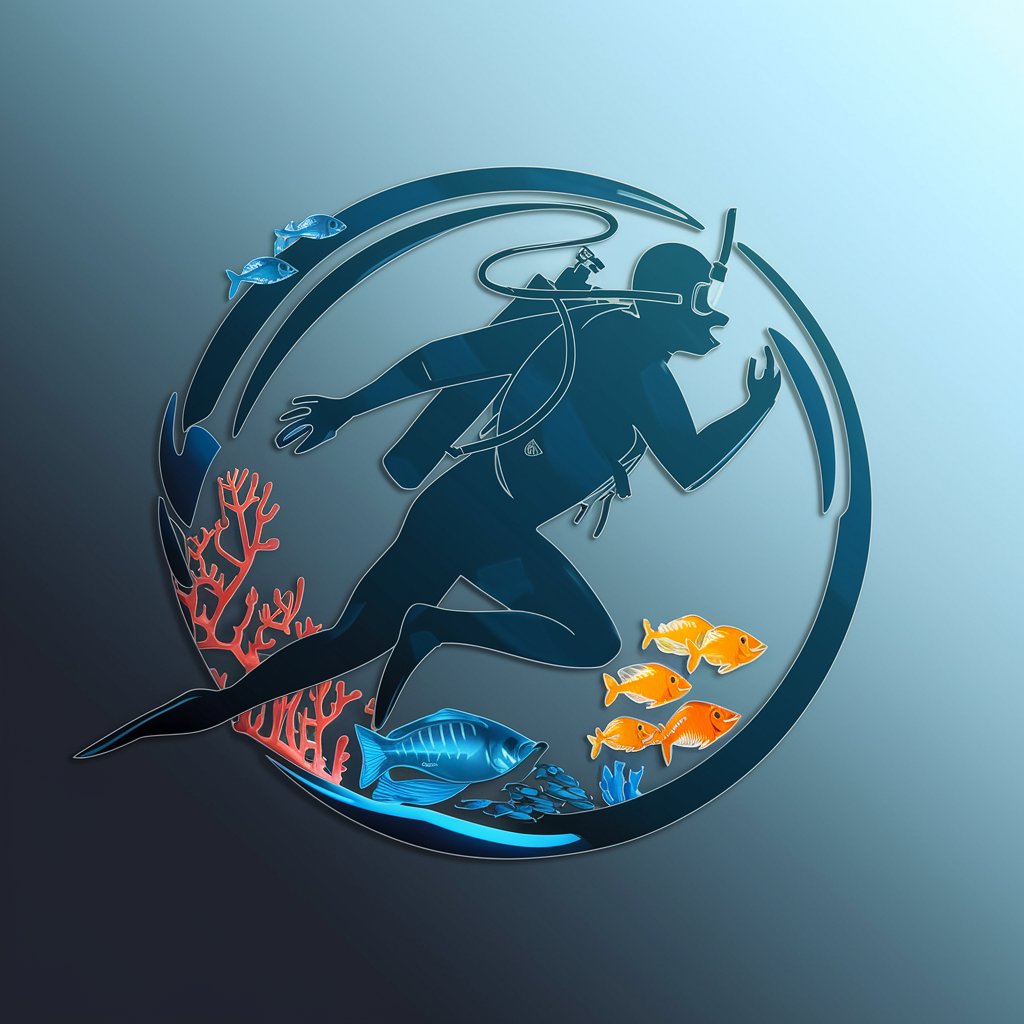
🌊 Surf's Up Wave Master 🏄♂️
Catch the perfect wave with AI-powered forecasts.
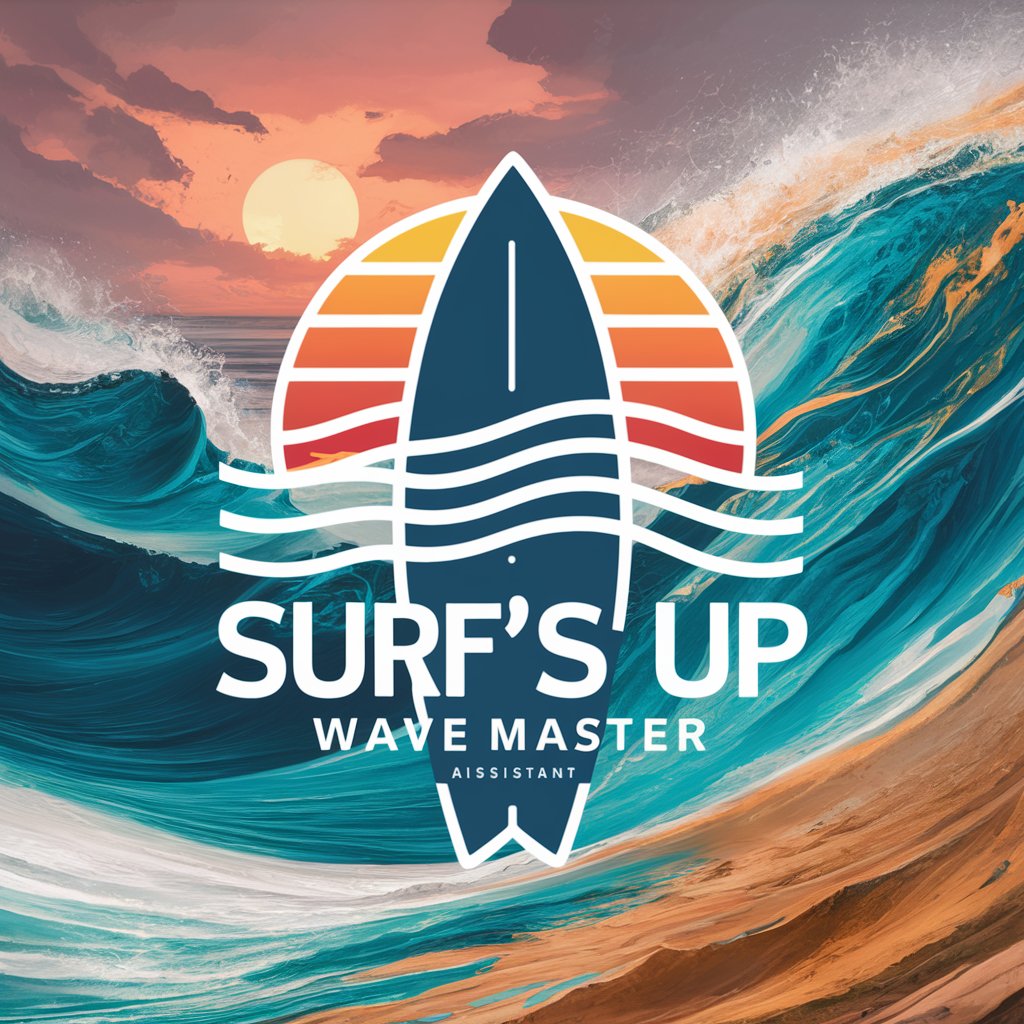
🎿⛷️ Snow Slope Advisor 🏂🌨️
Elevate Your Slopes with AI
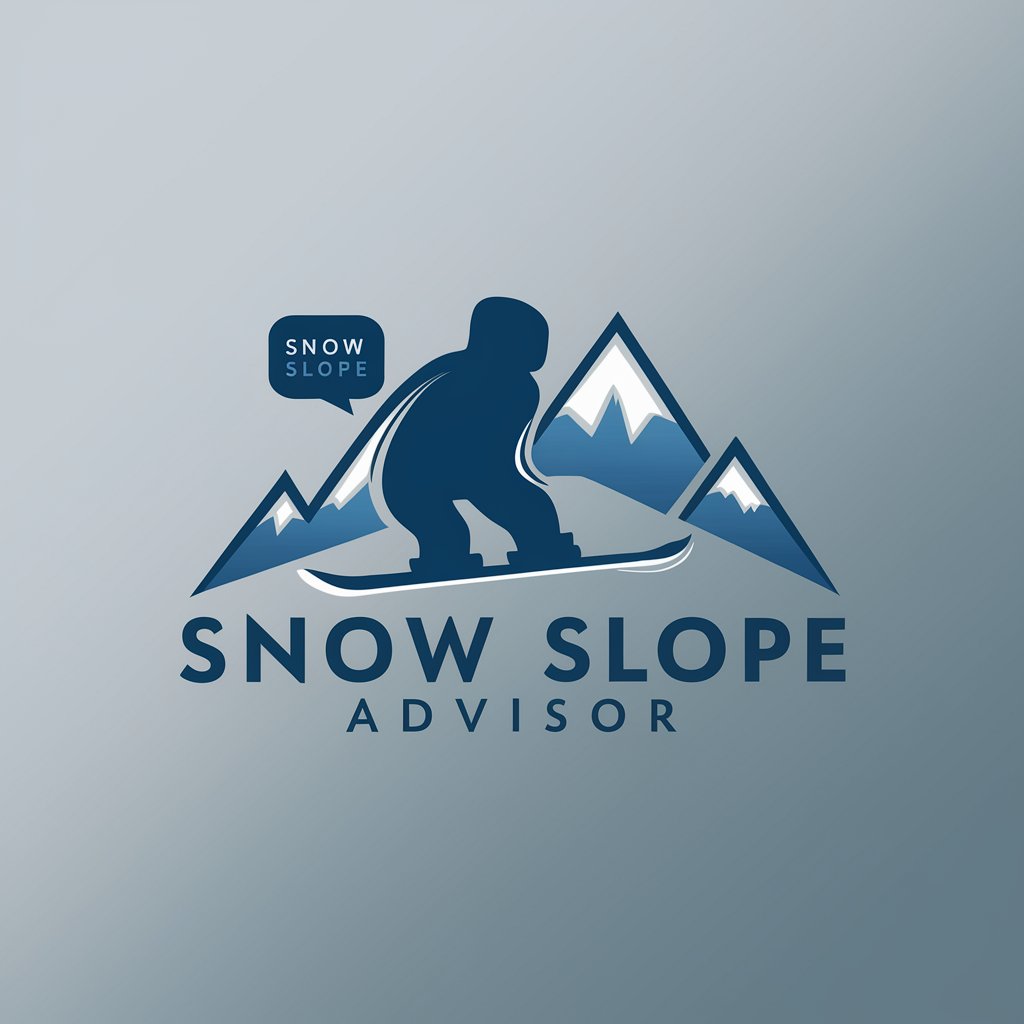
🌲 Trailblazer Trek Scout 🥾
AI-powered Trail Exploration
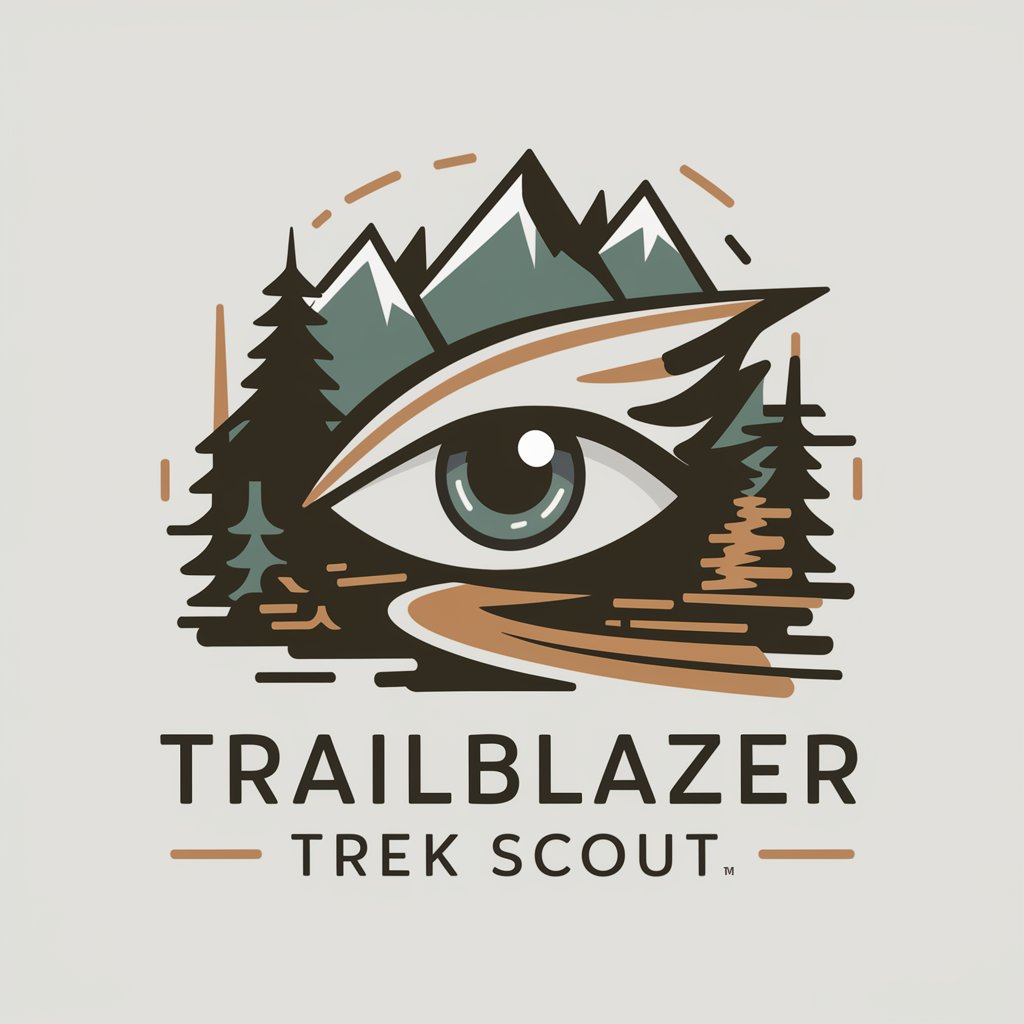
🏕️ Ultimate Campsite Companion 🌟
Elevate your camping experience with AI.

🌟 Explorer's City Gems Guide 🌟
Discover Hidden Urban Treasures, AI-Powered
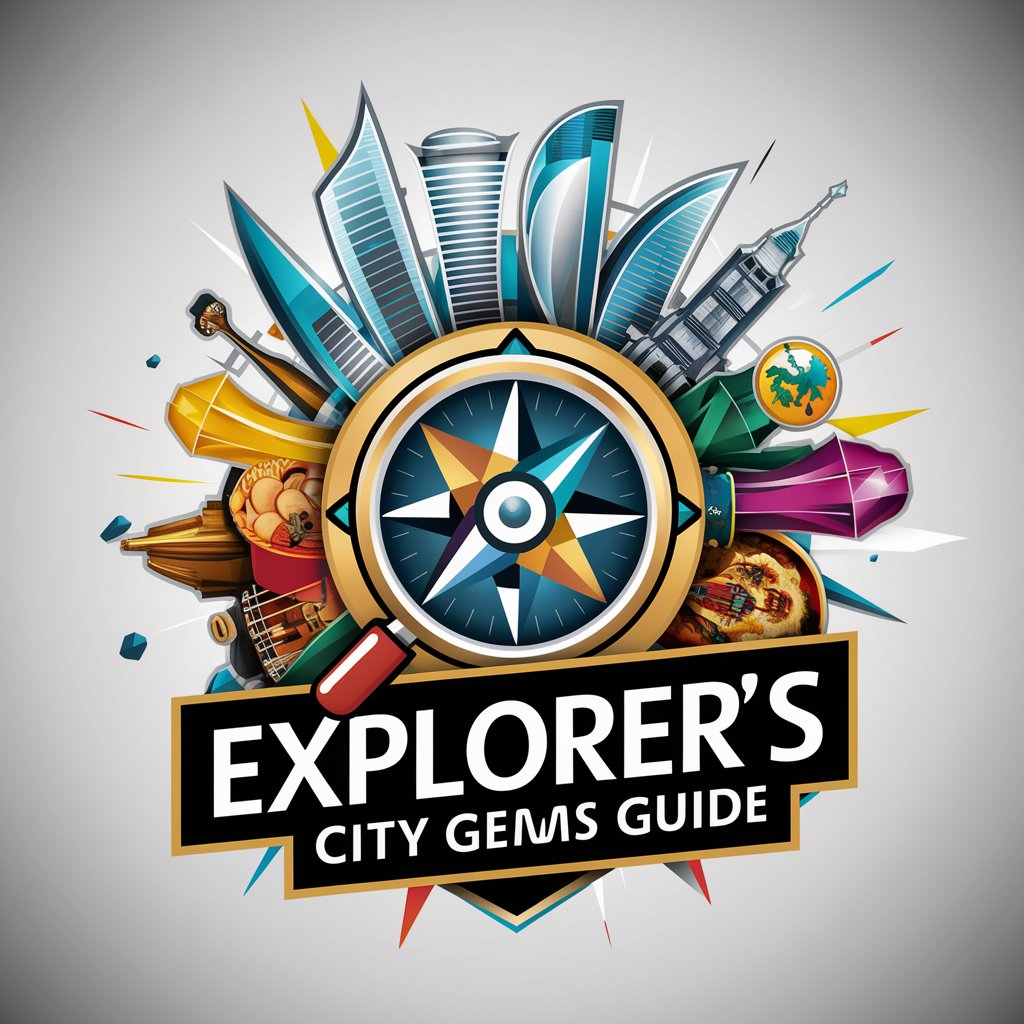
Ultimate Angler's Guide GPT FAQs
What can Ultimate Angler's Guide GPT help me with?
It provides expert advice on fishing techniques, bait selection, identifying fish species, local fishing regulations, weather conditions for fishing, and gear recommendations tailored to your location and skill level.
Can it help me identify fish species?
Yes, it can help you identify various fish species through detailed descriptions and visual aids, enhancing your understanding and fishing experience.
Does it provide information on both freshwater and saltwater fishing?
Absolutely, it covers both environments extensively, offering advice and insights tailored to the specific conditions and species found in each.
Can Ultimate Angler's Guide GPT suggest fishing locations?
While it can provide general advice on types of locations that are good for fishing, specific recommendations would require checking local resources, which it can guide you towards.
How can I get the most out of using Ultimate Angler's Guide GPT?
Be specific with your queries, utilize the visual tools for a better understanding of techniques and knots, and follow up on the recommended resources for comprehensive knowledge.
